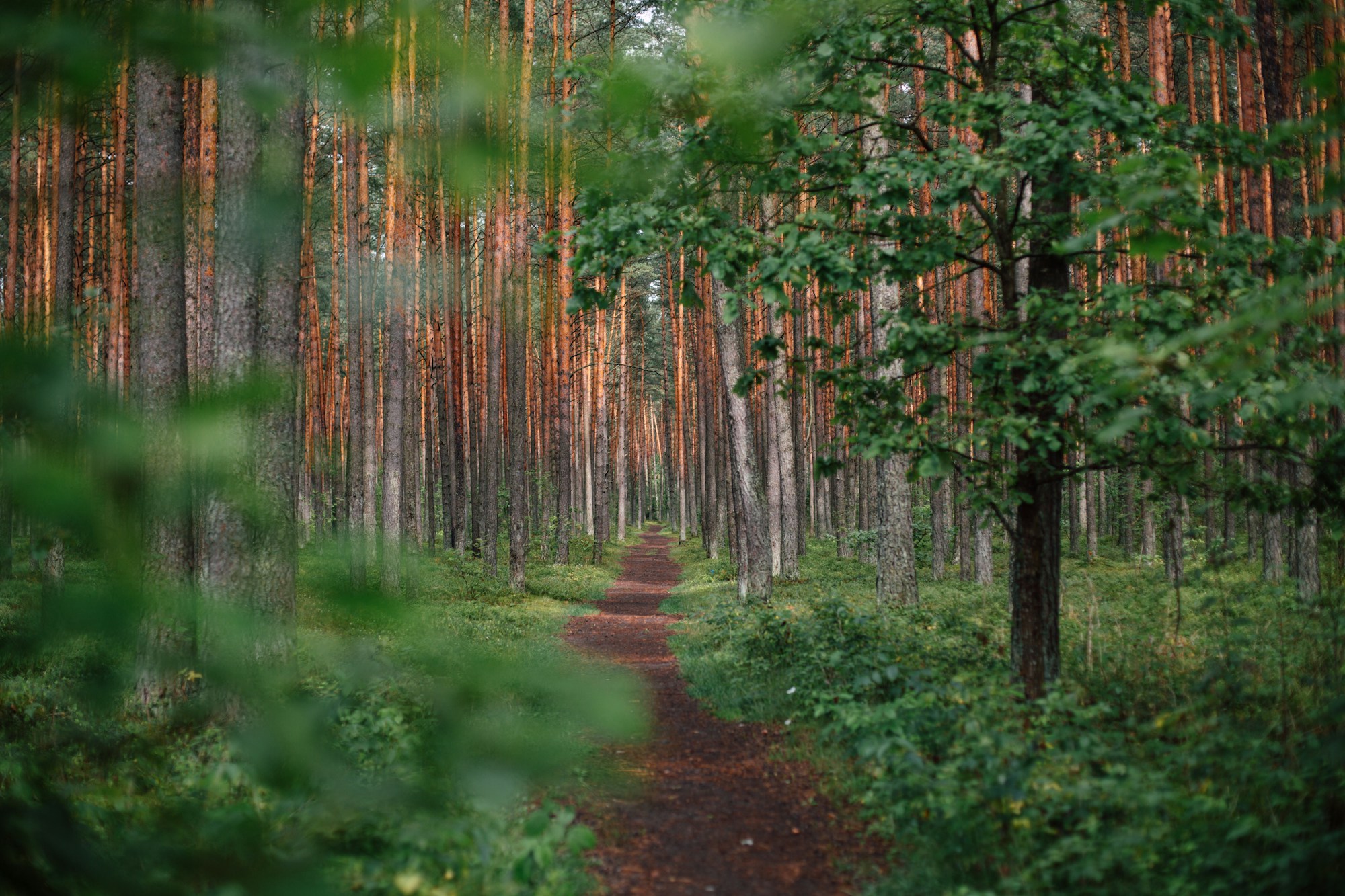Lithuania: A Cultural Journey

Lithuania: A Cultural Journey
Located in Northern Europe, Lithuania is a country rich in history, culture, and natural beauty. From its medieval old towns to its pristine national parks, there is something for everyone to discover and explore. Let's embark on a cultural journey through Lithuania.
Vilnius: The Capital City
Our journey begins in Vilnius, the capital city of Lithuania. Known for its charming old town, Vilnius is a UNESCO World Heritage site, filled with narrow cobblestone streets, Baroque architecture, and captivating churches. The iconic Vilnius Cathedral and Gediminas Tower are must-see landmarks.
Take a leisurely stroll through the artistic Užupis district, often referred to as the "Republic of Užupis." This bohemian neighborhood is home to galleries, cafés, and the Užupis Constitution, a whimsical document that embodies the spirit of the community.
If you're a history enthusiast, don't miss a visit to the Museum of Genocide Victims, which provides insights into the dark periods of Lithuania's past. For art lovers, the National Museum of Lithuania offers a fascinating collection of Lithuanian art, showcasing the country's cultural heritage.
Trakai: The Castle on the Lake
Located just a short drive from Vilnius, Trakai is a small town famous for its stunning castle situated on an island in Lake Galvė. The Trakai Island Castle is a symbol of Lithuanian history and is surrounded by beautiful landscapes that make it a perfect spot for a relaxing boat ride or a scenic hike.
Inside the castle, you can explore the Trakai History Museum and learn about the Grand Duchy of Lithuania and its significance in European history. Be sure to try the local delicacy, kibinai, a traditional pastry filled with various fillings like meat or cheese, which can be found in many local cafes and restaurants.
Kaunas: The City of Art Deco
Heading west, we arrive in Kaunas, the second-largest city in Lithuania. Kaunas is known for its vibrant art scene and is considered the capital of Art Deco in the country. The Kaunas Town Hall and the Museum of the Devil are prominent examples of this architectural style.
Visit the Kaunas Castle, one of Lithuania's oldest stone castles, and take a walk along Laisvės Alėja, the main pedestrian street filled with shops, cafes, and restaurants. The Ninth Fort Museum is a poignant reminder of the country's tragic history and is worth a visit for those interested in World War II history.
Curonian Spit: Nature's Paradise
Traveling to the western coast of Lithuania, we encounter the Curonian Spit, a narrow strip of land known for its remarkable sand dunes, lush pine forests, and picturesque fishing villages. This unique UNESCO World Heritage site is a haven for nature lovers and outdoor enthusiasts.
Explore the Nagliai Nature Reserve, home to the famous "Dancing Forest," where the twisted trunks of pine trees create an enchanting atmosphere. Relax on the pristine beaches, go hiking or cycling through the stunning landscapes, and indulge in mouthwatering seafood delicacies in the quaint coastal towns.
Hill of Crosses: A Spiritual Pilgrimage
A visit to Lithuania would not be complete without a trip to the Hill of Crosses, a sacred site near Šiauliai. The hill is adorned with thousands of crosses, representing people's prayers, hopes, and remembrance. It is an important pilgrimage site and a testament to Lithuania's enduring spirituality and resilience.
Witness the magical sight of this hill covered in crosses of all shapes and sizes, each carrying its unique story. Leave your own cross as a symbol of your journey and experience the profound peace that comes from this spiritual place.
Conclusion
Lithuania is a country that offers a captivating blend of history, culture, and natural beauty. From the charming streets of Vilnius to the stunning landscapes of the Curonian Spit, each destination has its own unique charm and stories to tell. Whether you are an art enthusiast, a history buff, or a nature lover, Lithuania promises a truly enriching cultural journey.
